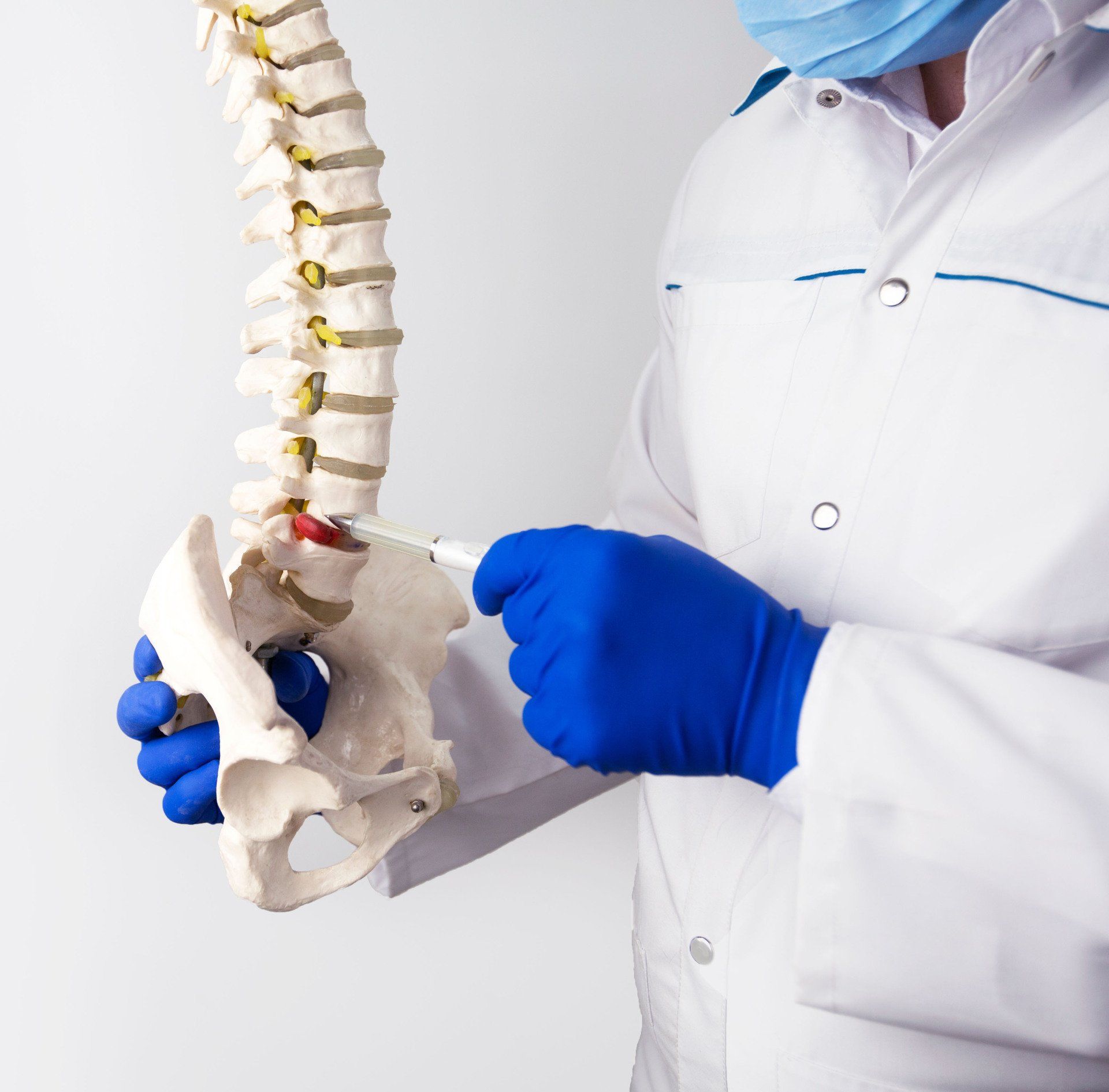Now accepting Telehealth appointments. Schedule a virtual visit.
PRP
Platelet-rich plasma (PRP) is an innovative type of regenerative medicine that can accelerate your natural healing ability. At MD Spine Care and Orthopaedics, with two convenient locations in San Antonio, Texas, board-certified orthopaedic surgeon Frank K. Kuwamura III, MD, uses PRP to treat a wide range of spinal injuries and disorders and to help you recover from surgery quickly and safely. Call MD Spine Care and Orthopaedics or schedule a consultation online today to find out how PRP can help you.
MD Spine Care and Orthopaedics
Orthopaedic Spine Surgeons located in San Antonio, TX
PRP Q & A
-
What is PRP?
PRP is a serum made from a sample of your blood that is rich in platelets. Platelets, along with your red and white blood cells, are one of the solid components of your blood.
Platelets contribute to the clotting process, but they also carry the proteins and growth factors that your body uses to repair and create cells.
PRP therapy harnesses the power of your platelets, and delivers it directly into your injured or degenerated tissue. It stimulates and supports your healing response, potentially helping you recover rapidly.
By healing the underlying condition causing your pain and other symptoms, PRP provides long-lasting relief and restores your quality of life. It can reduce or eliminate your reliance on medication, and in some cases, avoid surgery.
-
How can PRP help orthopaedic injuries and conditions?
Medical researchers are currently studying PRP and other regenerative medicine therapies and identifying new potential uses all the time. Some of the conditions that might improve with PRP therapy include:
- Osteoarthritis
- Bone fractures
- Tendonitis
- Bursitis
- Tendon injuries
- Muscle strains
- Ligament sprains
Dr. Kuwamura also offers PRP after surgery to support your healing process, ideally reducing the time you need to spend away from your regular activities while you recover.
-
What happens during a stem cell therapy treatment?
At MD Spine Care and Orthopaedics, Dr. Kuwamura begins by drawing your blood. Next, he separates your blood in a centrifuge before combining your platelets and plasma to create your PRP serum.
When your serum is ready, Dr. Kuwamura injects it into your injured tissue. He often provides a local anesthetic to ensure your comfort during the injection. He might use fluoroscopy — a special type of X-ray — to guide the needle to the precise location in your body.
-
What should I expect after a PRP injection?
Even with the potential healing boost of PRP, your body needs time to repair and generate new cells. Every patient responds to PRP differently. Some notice an improvement in their symptoms in a week or two, while others need more time to heal.
Additionally, you might need a series of PRP injections to achieve your optimal results. Dr. Kuwamura provides thorough exams and consultations and offers personalized advice on how PRP can help you and what to expect.
If you have a painful or disruptive orthopaedic issue and want to find out how PRP can help you, call MD Spine Care and Orthopaedics or make an appointment online today.
MD Spine Care and Orthopaedics , San Antonio, TX
Phone (appointments): (210) 640-9048
Phone (general inquiries): (210) 640-9048
Address: 525 Oak Centre Dr, Suite 140, San Antonio, TX 78258
MD Spine Care and Orthopaedics , San Antonio, TX
Phone (appointments): (210) 640-9048
Phone (general inquiries): (210) 640-9048
Address: 8299 Fredericksburg Rd, San Antonio, TX 78229
All Rights Reserved | MD Spine Care and Orthopaedics

